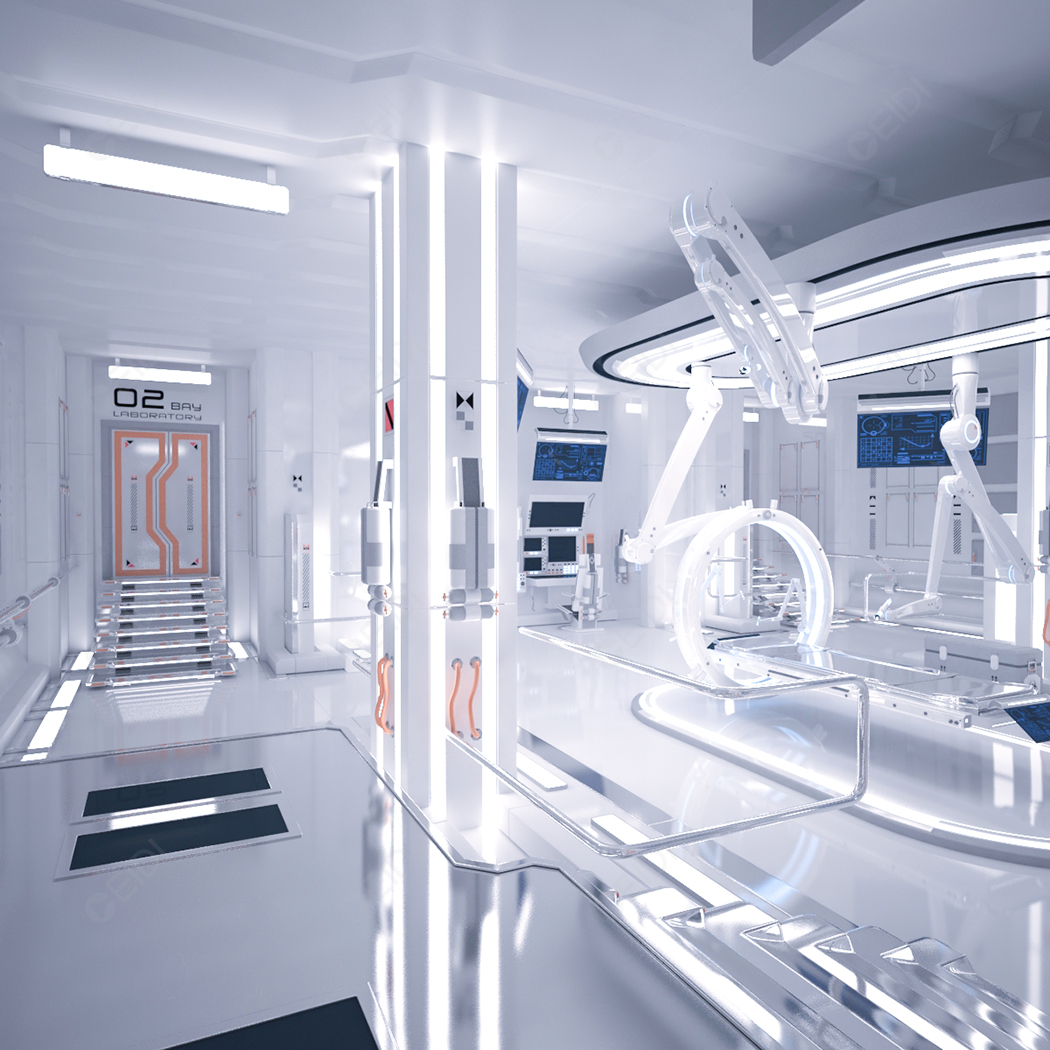Welcome to the official website of Xidi laboratory, the laboratory design and decoration recognize Xidi!
|
|
Home >> News >> Technology
文章出处:Technology|阅读量:834|发表时间:2020-07-27
Speaking of life science laboratories and their basic medical laboratories, do you know the most common experimental techniques in these laboratories? If you still don't know much, you might as well take a look at the introduction below, I believe it will be helpful to you.
The life science laboratory mainly has three major experimental techniques, namely: cell culture, molecular cloning, and western blotting. It can be said that these three technologies are widely used in universities, scientific research institutes, laboratories, basic medical laboratories, and biological industry-related companies.
Technique 1: Cell culture
The so-called "cell culture" is also called "cell cloning", and its official name in biology is "cell culture technology". For the entire bioengineering technology, or the biological cloning technology among them, cell culture is an indispensable process, after all, cell culture itself is a large-scale cloning of cells.
Through cell culture technology, a single cell can be cultured into a simple single cell or a multi-cell with little differentiation, and a large number of cells or their metabolites can also be obtained. This is an important part of cloning, and cell culture itself is a cell clone. Since biological products come from cells, this is the core and most basic technology in life science laboratories.
Technique 2: Molecular cloning
The so-called "molecular cloning" simply means to provide a method for purification and amplification of specific DNA fragments at the molecular level. Through molecular cloning, the target gene is inserted into the cloning vector by in vitro recombination to form a recombinant cloning vector.
For recombinant cloning vectors, transform and transduce into a suitable host for replication and amplification, and then separate and purify the required cloning vector from the selected host cells, so that many copies of the inserted DNA can be obtained. To the purpose of gene amplification.
Technique 3: Western Blotting
The so-called "immunoblotting method", also known as "enzyme-linked immunoelectrotransfer blotting method", is a hybridization technique that combines high-resolution gel electrophoresis and immunochemical analysis. This technology has the characteristics of large analysis capacity, high sensitivity, and strong specificity. It is often used in the detection of protein properties, expression and distribution, such as qualitative and quantitative detection of tissue antigens, determination of polypeptide molecular mass, and detection of virus antibodies or antigens.
The above are the three major technologies of the life science laboratory. If you want to know more about the laboratory, please click "Technical Support" to view.